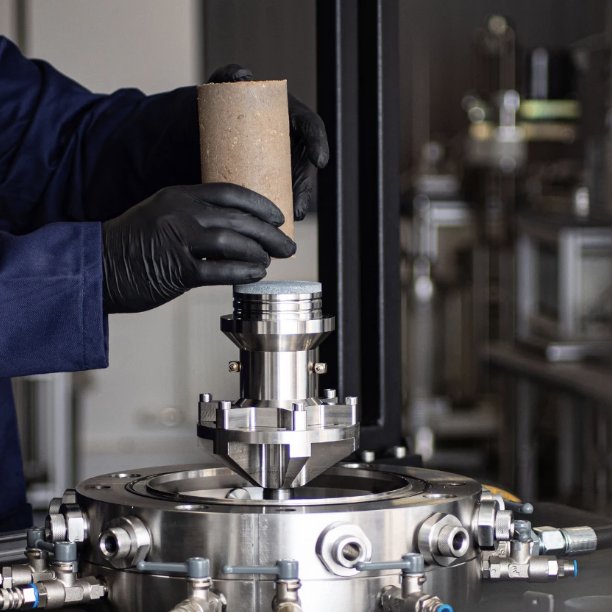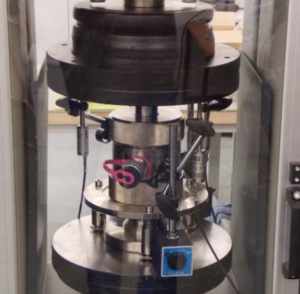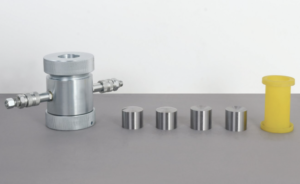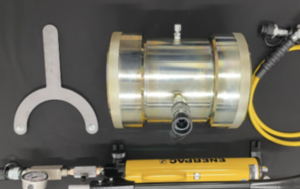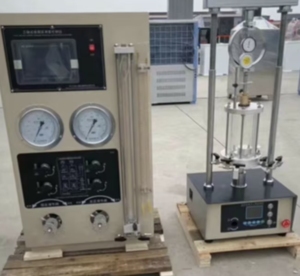Environmental Applications of Triaxial Tests: Landfill Stability and Waste Material Analysis
As landfills grow in size and complexity, ensuring their long-term safety and environmental performance becomes a top engineering priority. Triaxial tests, known for evaluating how soils and waste materials behave under stress, are essential tools in designing stable landfill slopes, predicting settlement behavior, and testing the performance of geosynthetic systems. In an era of sustainable waste management, these tests also help assess recycled or alternative materials used in construction. Let’s explore how triaxial testing supports the safe, efficient, and eco-conscious design of modern landfills.
Assessing Shear Strength for Landfill Slope Stability
Landfill slope failures can have devastating consequences—ranging from waste displacement to leachate leaks and environmental contamination. Triaxial testing allows engineers to measure shear strength parameters1 such as cohesion (c) and internal friction angle (φ), which are critical for slope stability analysis2.
Why It Matters:
- Waste materials are often heterogeneous and weak.
- Interface shear strength between liners and waste layers is critical.
- Heavy rainfall or gas buildup can reduce effective stress and trigger failure.
Typical Results from Triaxial Tests
| Material Tested | Cohesion (kPa) | Friction Angle (°) | Remarks |
|---|---|---|---|
| Fresh Municipal Solid Waste | 10–30 | 25–35 | Highly variable |
| Compacted Clay Cover | 20–50 | 15–25 | Stable when dry |
| Geotextile Interface | ~5 | 10–15 | May slip if not anchored properly |
With this data, engineers can calculate factor of safety for various loading scenarios and improve landfill slope design accordingly.
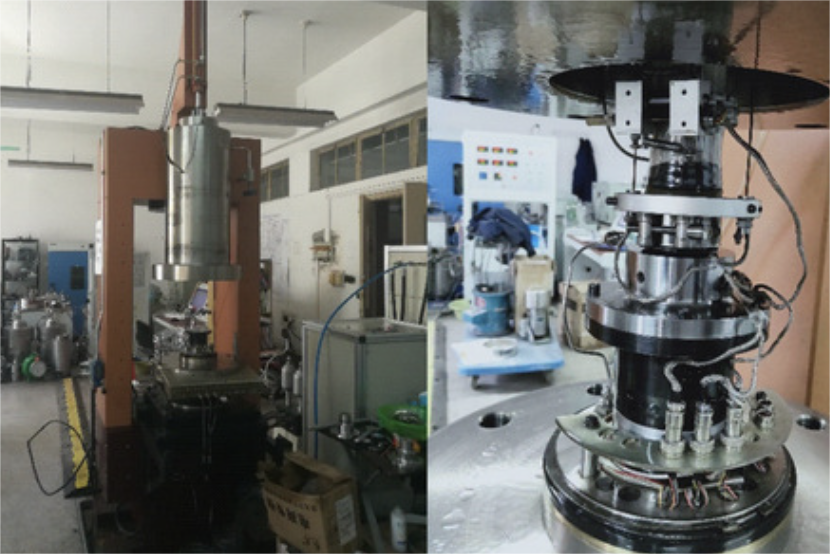
Evaluating Compressibility and Settlement of Waste Layers
One of the long-term challenges in landfill design is settlement, which occurs as waste compresses over time due to its own weight and decomposition. Triaxial consolidation tests3 (CU/CD types) simulate field loading conditions to predict vertical deformation4.
Parameters Measured:
- Compression index (Cc)
- Secondary compression (Cα)
- Void ratio changes
- Stress-strain-time relationships
Settlement Risk Comparison
| Waste Type | Initial Void Ratio | Compression Index (Cc) | Expected Settlement |
|---|---|---|---|
| Fresh MSW | 1.5–2.2 | 0.30–0.50 | High |
| Decomposed Waste (>5 yrs) | 0.9–1.2 | 0.10–0.20 | Medium |
| Ash/Residual Fill | 0.6–0.9 | < 0.10 | Low |
Accurate predictions help in designing flexible covers, avoiding infrastructure damage, and ensuring compliance with post-closure regulations.
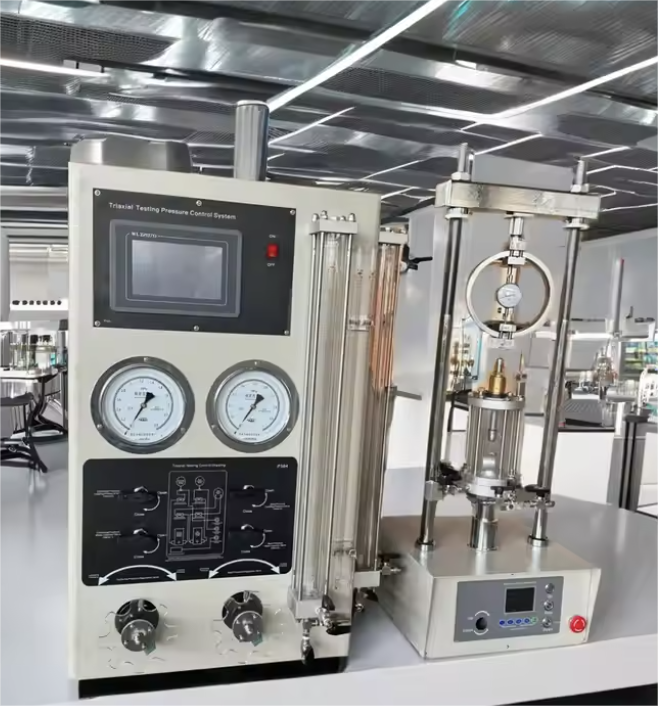
Analyzing Geosynthetic-Reinforced Landfill Systems
Geosynthetics like geotextiles, geomembranes, and geogrids5 are essential components in landfill lining systems. Triaxial interface shear tests help evaluate how these materials behave when placed between soil, waste, or other geosynthetics under different normal stresses6.
Applications of Triaxial Interface Tests:
- Assessing slip potential between geomembrane and waste
- Evaluating reinforcement performance in steep landfill slopes
- Designing drainage layers over liners
Interface Shear Strength Data
| Interface Material Pair | Peak Friction Angle (°) | Cohesion (kPa) | Failure Concern |
|---|---|---|---|
| Sand–Geomembrane | 8–15 | ~0 | Moderate (slippage risk) |
| Clay–Geotextile | 15–25 | 5–10 | Low |
| Waste–Geogrid | 30–40 | 10–20 | Stable under high stress |
These results ensure layer compatibility and anchorage are optimized during landfill construction.
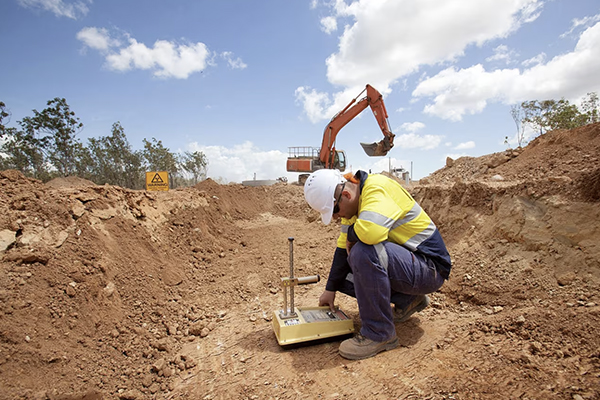
Characterizing Alternative Materials in Sustainable Waste Management
With increasing interest in using recycled materials7—like incinerator ash, crushed concrete, or tire chips—triaxial tests help verify their mechanical performance and environmental safety in landfills.
Key Testing Goals:
- Ensure sufficient shear strength and compressibility
- Assess interface behavior with liners and soil
- Verify compliance with environmental standards8 (e.g., leachate control)
Alternative Material Analysis
| Material | Shear Strength | Sustainability Use Case |
|---|---|---|
| Crushed Concrete (RCA) | High | Sub-base or road in landfill cell |
| Bottom Ash | Moderate | Daily cover or structural fill |
| Recycled Tire Chips | Low (compressible) | Lightweight drainage media |
| Foundry Sand | Moderate | Clay liner alternative |
These insights help validate the use of green construction materials in modern landfill projects.
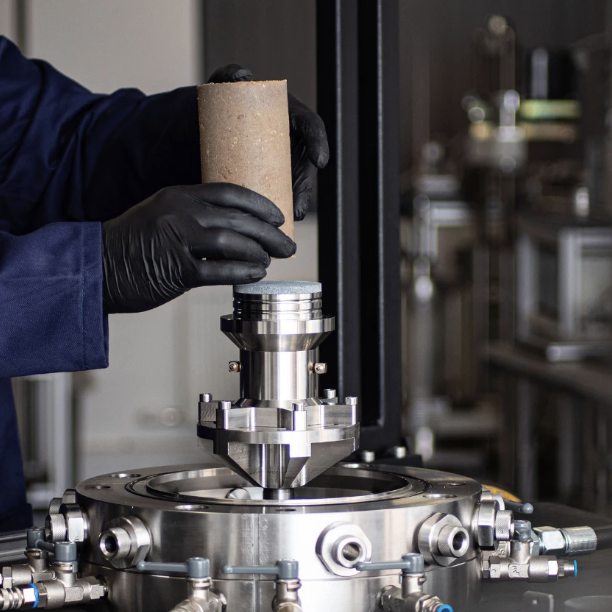
Conclusion
Triaxial testing provides the critical technical evidence needed for safe, stable, and sustainable landfill design. From predicting slope failures to evaluating recycled materials, these tests ensure that waste containment systems meet the demands of both engineering reliability and environmental responsibility. In an age of climate awareness and resource efficiency, triaxial tests are more than just lab procedures—they are tools for building the future of waste management.
-
Understanding shear strength parameters is crucial for effective slope stability analysis and preventing landfill failures. ↩
-
Exploring slope stability analysis methods can help in designing safer landfills and preventing environmental hazards. ↩
-
Triaxial consolidation tests are vital for simulating landfill conditions, providing insights into waste behavior under load. ↩
-
Exploring vertical deformation helps in predicting landfill behavior, which is essential for sustainable waste management practices. ↩
-
Explore this link to understand how these geosynthetics enhance landfill performance and stability. ↩
-
This resource will provide insights into the impact of normal stresses on geosynthetic behavior, crucial for landfill design. ↩
-
Exploring this link will provide insights into the advantages and applications of recycled materials, enhancing your understanding of sustainable practices. ↩
-
Understanding these standards is essential for ensuring compliance and promoting environmental safety in waste management practices. ↩

